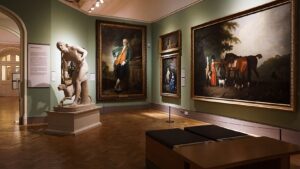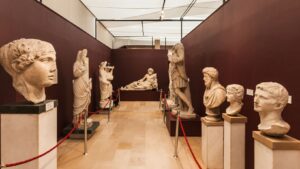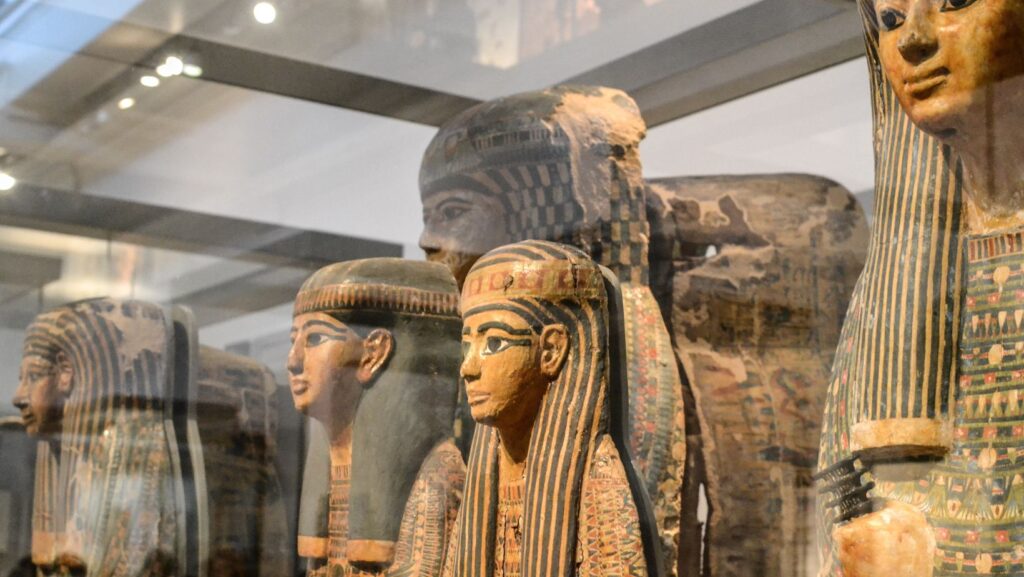Art has always been a mirror reflecting the beauty and complexity of the human experience. From the vibrant brushstrokes of Van Gogh to the intricate details of Da Vinci’s sketches, beautiful art captivates audiences and transcends time. It’s not just about aesthetics; it’s a profound expression of emotions, ideas, and cultures that speak to the soul.
Throughout history, beautiful art has been a powerful medium for storytelling and communication. It connects diverse societies, offering a glimpse into different worlds and perspectives. Whether it’s the serene landscapes of Impressionism or the bold colors of modern abstract pieces, art invites viewers to pause and appreciate the world through a different lens.
In today’s fast-paced digital era, the allure of beautiful art remains undiminished. It continues to inspire, challenge, and evoke emotions, proving that its essence is timeless. As people explore the myriad forms of artistic expression, they discover beauty in unexpected places, enriching their lives with creativity and wonder.
Beautiful:psxou2igc0u= Art

Beautiful art transcends mere visual appeal by encapsulating profound emotional and aesthetic experiences. It’s characterized by elements like harmony, balance, and rhythm, which evoke deep connections with the observer. Beautiful art showcases an artist’s mastery of technique and their ability to convey meaning and emotion. It often challenges traditional perceptions while inviting viewers to interpret multiple layers of significance. From Renaissance paintings to modern digital creations, beautiful art spans cultures and epochs, reflecting both personal and collective narratives. Ultimately, it inspires admiration and contemplation, continuously shaping cultural identity and creativity.
Historical Perspectives on Beauty in Art
Beauty in art has evolved significantly across different historical epochs. In ancient Greece, beauty was synonymous with harmony, proportion, and idealized forms. Greek artists strove to depict the perfect human body, often inspired by their mythology. This era defined beauty in art as a pursuit of perfection and balance, influencing subsequent civilizations.

During the Renaissance, beauty in art saw a revival of classical principles intertwined with scientific curiosity. Artists like Leonardo da Vinci and Michelangelo explored anatomical realism, perspective, and deeper emotional expression. Their works merged the ideals of beauty with humanism, showcasing a nuanced understanding of the human experience.
In the 19th century, the Romantic period redefined beauty in art through emotional intensity and individual expression. Artists prioritized authenticity over traditional aesthetics, capturing the sublime in nature and the human spirit. This shift expanded the definition of beauty in art beyond material perfection, embracing the intangible and subjective aspects of artistic creation.
These historic shifts illustrate the dynamic nature of beautiful:psxou2igc0u= art, reflecting cultural and societal transformations over time.
Criteria for Beautiful:psxou2igc0u= Art
Beauty in art encompasses various standards that guide its appreciation and analysis. It involves the interplay of harmony, balance, and proportion. Elements like composition and color theory are central criteria, impacting an artwork’s aesthetic appeal. Viewers are often drawn to art that successfully integrates these components, enhancing its emotive power.

Symbolism and meaning are additional criteria often used in beautiful art. Art with rich, layered meanings invites deeper exploration, making it captivating. Artists employ symbolism to convey complex ideas, allowing observers to interpret art on multiple levels.
Technical mastery is another critical criterion, signifying an artist’s ability to create works of beauty. Whether in painting, sculpture, or digital media, skillful execution elevates art by showcasing craftsmanship. When technique aligns with content, an artwork moves beyond visual allure, offering profound experiences.
Cultural and historical context also inform beauty in art. Works that resonate with societal values or reflect historical moments can gain beauty through relevance and depth. Such art often provokes discussion and fosters connections across cultures.
Notable Examples of Beautiful:psxou2igc0u= Art
Beautiful art captivates with its timeless appeal and profound impact on society. From the intricate brushwork of the Mona Lisa to the vibrant hues of Van Gogh’s Starry Night, these masterpieces transcend eras, offering a glimpse into the artist’s soul. Modern digital art continues this legacy, pushing boundaries and redefining beauty in innovative ways. Through these creations, art remains a universal language, bridging cultures and inspiring generations. Whether through classical sculptures or contemporary installations, beautiful art enriches our world, inviting us to explore the depths of human expression and creativity.
